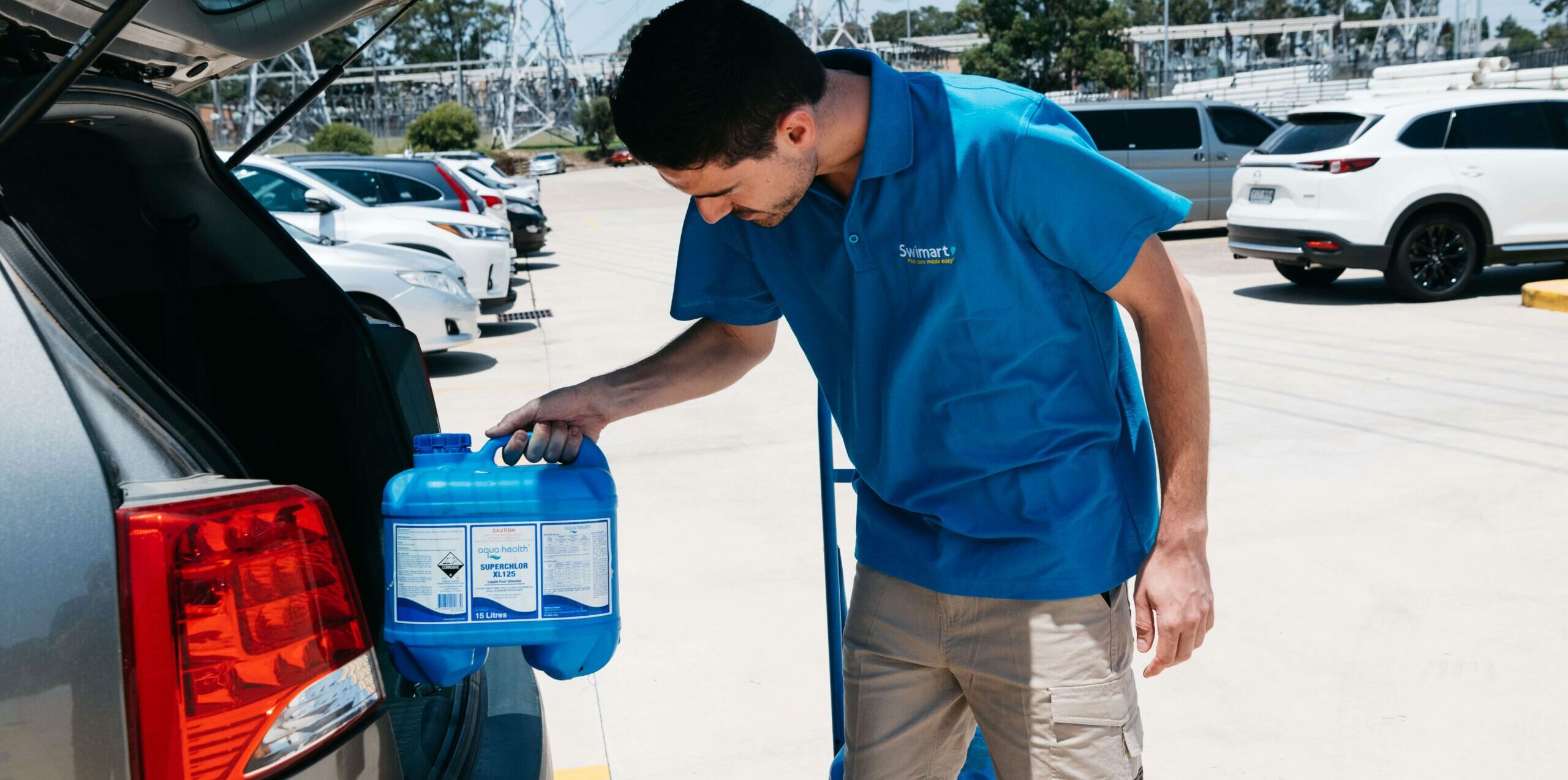General
Mineral Imbalances
8 January 2013
You’re preparing to host a few get togethers over the warmer months and decide now’s the time to chlorinate your pool; only problem is, the water seems to have reacted strangely and is now a shade of brown, green or black! But don’t worry! This sounds like a copper or iron mineral imbalance, and can […]
You’re preparing to host a few get togethers over the warmer months and decide now’s the time to chlorinate your pool; only problem is, the water seems to have reacted strangely and is now a shade of brown, green or black!
But don’t worry! This sounds like a copper or iron mineral imbalance, and can be easily fixed. Here’s the lowdown on what causes mineral imbalances, how to treat them and how to prevent it reoccurring.
Causes
Pool water naturally has traces of different minerals in it, but sometimes the balance tips too far in favour of one of these minerals and turns your pool a strange colour indeed. This discolouration can stain the pool walls and the hair and nails of the swimmers, and make your pool not too appealing to swim in.
Copper and iron are usually the main culprits when it comes to these imbalances; however, sometimes a metal called manganese is the source of the problem.
These metals can get into your pool water several ways. The first is through your fill water. It is unlikely that the mains water has high levels of any of these metals, but rather picks up traces of copper, iron or manganese when it travels through old, rusty pipes to your home.
Filling up with well water may be high in copper or iron in the ‘ionic’ states, which is then oxidised as it comes into contact with the chlorine in your pool. Other causes that are less likely include copper based algaecides used in large amounts and rusting of any metal pool equipment.
Identify and fix

Identifying which metal is the bad guy turning your pool a distasteful colour is the first step to fixing the problem. You can get a general idea of what is causing it by looking at the colour of the water; however, it is best to take a water sample into your nearest Swimart store to have it properly tested.
As a general guide, teal coloured water turning everyone’s hair green usually indicates a copper imbalance; iron makes the water a murky brown; and dark blue, purple or black can mean manganese has settled in your pool.
Once you’ve established the cause, you can choose the appropriate treatment. The most effective ways of removing these minerals from your pool are either by ‘shocking’ your pool or using a ‘metal out’ product. Swimart offers both of these products.
Shock treatments, including Ultra Shock or standard Pool Shock, oxidise the metal so it settles on the floor of the pool and can be easily vacuumed out, and Ferroban (metal-out) forms complexes with the metals and prevents them from being oxidised so they don’t colour the water. After treatment, your priority will be preventing a recurrence of this imbalance. Keeping your pool water properly sanitised will help, but the best way to prevent mineral imbalances is to identify how the metal found its way into your pool in the first place and address it. If a source cannot be found, the next best thing would be to purchase some metal out/pool shock products so you can treat it quickly whenever it occurs, or you can add it regularly to the pool.
Your pool is what colour?
When a mineral imbalance occurs, it can be possible to identify which metals may be the culprit by looking at the colour of the water. Here’s a rundown of what these crazy colours mean:
- Purple, blue or black: This is most likely caused by high levels of manganese in your pool water
- Brown: Usually caused by an iron imbalance
- Teal or green: Most likely to be a copper imbalance, but can occasionally be the result of high iron levels
Check out your local Swimart store or Swimart’s website www.swimart.com.au for the full range of cleaners and related products.


 AUS
AUS NZ
NZ 




